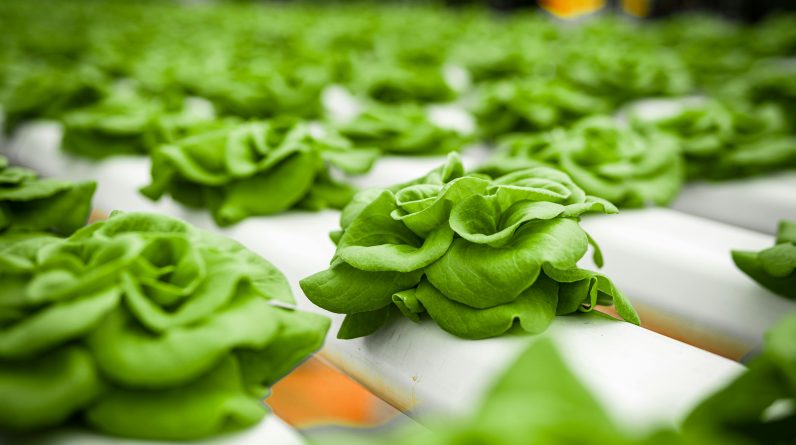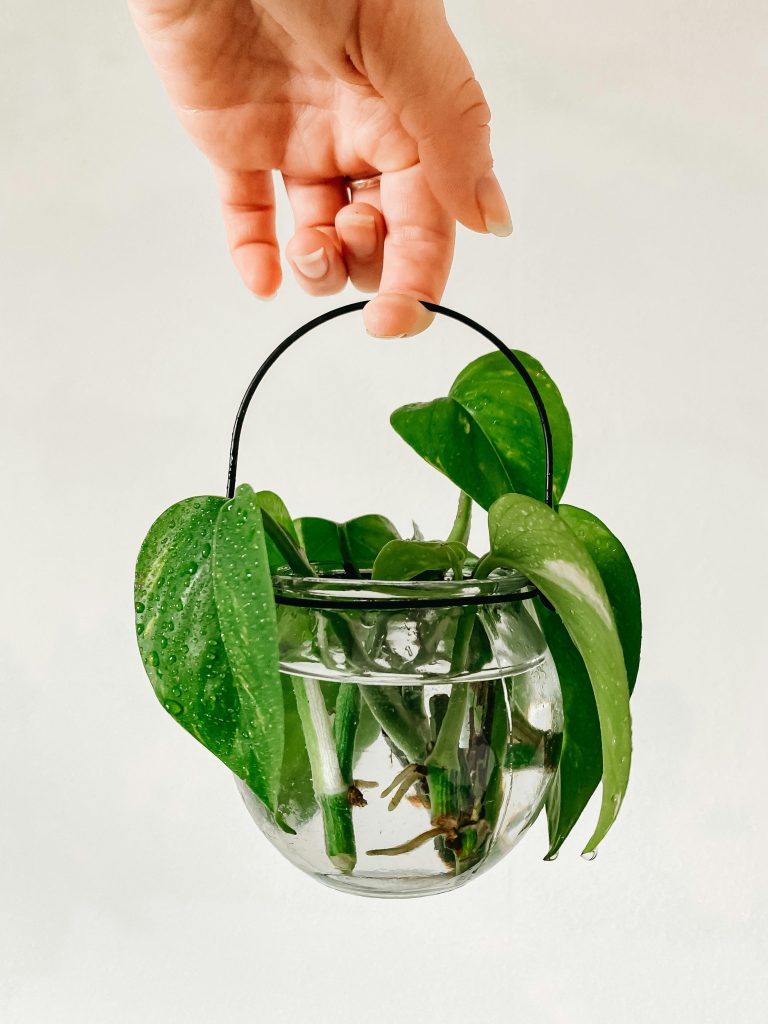
Do you want to grow your own fresh vegetables year-round, regardless of the weather outside? Have you heard about hydroponic gardening and are curious to try it out for yourself? In this article, we will guide you through the process of starting your very own hydroponic garden. From selecting the right system to choosing the perfect vegetables to grow, we’ll cover everything you need to know to get started.
Understanding Hydroponic Gardening
Let’s begin by understanding what hydroponic gardening is all about. Instead of relying on soil to provide plants with nutrients, hydroponic systems use a nutrient-rich solution that is directly delivered to the plant roots. This method allows plants to grow faster and yield more produce compared to traditional soil gardening. By eliminating the need for soil, hydroponics also conserves water by up to 90%.
Benefits of Hydroponic Gardening
Hydroponic gardening offers several benefits that make it an attractive option for both beginners and experienced gardeners. With hydroponics, you can grow fresh, healthy vegetables year-round. The controlled environment of hydroponic systems eliminates the risk of soil-borne diseases and pests, resulting in healthier plants. Additionally, hydroponic systems require fewer chemical inputs, making them a more sustainable and environmentally friendly choice for gardening.
Choosing the Right Hydroponic System
There are various types of hydroponic systems available, each with its own set of advantages and considerations. When starting your hydroponic garden, it’s essential to select the right system that suits your needs and space constraints. Here are a few popular hydroponic systems to consider:
- Deep Water Culture (DWC): In this system, plant roots are submerged in a nutrient solution, allowing for efficient nutrient uptake.
- Nutrient Film Technique (NFT): Nutrient solution flows continuously over plant roots in a shallow stream, providing them with constant access to nutrients.
- Ebb and Flow System: This system floods the plant’s root area with nutrient solution at regular intervals before draining it back into a reservoir.
It’s essential to research and understand the requirements of each system before deciding on the one that best fits your gardening goals.

Selecting the Right Vegetables to Grow Hydroponically
Now that you’ve chosen your hydroponic system, it’s time to decide which vegetables you want to grow. While most vegetables can be grown hydroponically, some are better suited for this method than others. Here are a few vegetables that thrive in hydroponic systems:
- Lettuce: Lettuce is a popular choice for hydroponic gardening due to its fast growth rate and ability to thrive in nutrient-rich solutions.
- Herbs: Basil, mint, and cilantro are herbs that grow exceptionally well in hydroponic systems, providing fresh flavors for your cooking.
- Tomatoes: Tomatoes are another favorite crop for hydroponic gardening, producing flavorful fruits throughout the year.
When selecting vegetables to grow hydroponically, consider factors such as space requirements, nutrient needs, and light exposure to ensure a successful harvest.
Setting Up Your Hydroponic System
Now that you’ve chosen your system and selected your vegetables, it’s time to set up your hydroponic garden. Follow these steps to get your system up and running:
- Assemble Your System: Follow the manufacturer’s instructions to assemble your chosen hydroponic system properly.
- Mix Your Nutrient Solution: Prepare a nutrient solution according to the instructions provided, ensuring the correct balance of essential nutrients.
- Plant Your Vegetables: Carefully transplant seedlings or cuttings into your hydroponic system, ensuring that the roots are properly submerged in the nutrient solution.
- Monitor Your System: Regularly check the pH levels, nutrient solution strength, and water levels in your system to ensure optimal growing conditions for your plants.
By following these steps, you’ll be on your way to growing your own fresh vegetables in no time!

Maintaining Your Hydroponic Garden
Just like any garden, hydroponic systems require regular maintenance to ensure healthy plant growth. Here are some essential maintenance tasks to keep your hydroponic garden thriving:
- Monitor pH Levels: Check and adjust the pH levels of your nutrient solution regularly to ensure that plants can absorb nutrients effectively.
- Check Nutrient Levels: Monitor the strength of your nutrient solution to prevent deficiencies or excess of essential nutrients.
- Clean Your System: Regularly clean and sterilize your hydroponic system to prevent the buildup of algae or harmful bacteria.
- Prune and Harvest: Trim excess growth and harvest mature vegetables regularly to encourage new growth and maintain plant health.
By staying on top of maintenance tasks, you’ll be able to enjoy a bountiful harvest of fresh vegetables from your hydroponic garden.
Troubleshooting Common Issues in Hydroponic Gardening
Even with proper maintenance, you may encounter some common issues in your hydroponic garden. Here are a few troubleshooting tips to help you address these problems:
- Yellowing Leaves: Yellowing leaves may indicate a nutrient deficiency or an imbalance in the pH levels of your nutrient solution. Adjust the nutrient levels or pH as needed to correct the issue.
- Algal Growth: Excessive algal growth in your system can block light and nutrients from reaching your plants. Clean your system and reduce light exposure to prevent algal buildup.
- Root Rot: Root rot can occur when plant roots sit in waterlogged conditions for an extended period. Improve aeration in your system and ensure proper drainage to prevent root rot from affecting your plants.
By identifying and addressing these common issues promptly, you can maintain a healthy hydroponic garden and maximize your harvest potential.

Harvesting Your Hydroponic Vegetables
After weeks of care and attention, it’s time to harvest your hydroponically grown vegetables. Here are some tips to ensure a successful harvest:
- Monitor Maturity: Check your vegetables regularly for signs of maturity, such as color and size, before harvesting.
- Trim Harvested Vegetables: After harvesting, trim excess leaves or stems from your vegetables to encourage new growth.
- Enjoy Your Harvest: Use your freshly harvested vegetables in salads, recipes, or enjoy them raw for a fresh and nutritious treat.
By following these tips, you’ll be able to enjoy the fruits of your labor and savor the delicious flavors of your homegrown hydroponic vegetables.
Conclusion
Congratulations on taking the first step towards starting your own hydroponic garden! By understanding the benefits of hydroponic gardening, selecting the right system, choosing the best vegetables to grow, and following proper maintenance and harvesting techniques, you’ll be well on your way to enjoying a bountiful harvest of fresh, healthy vegetables year-round. Remember to experiment, learn from your experiences, and enjoy the process of growing your own food with hydroponics. Happy gardening!










